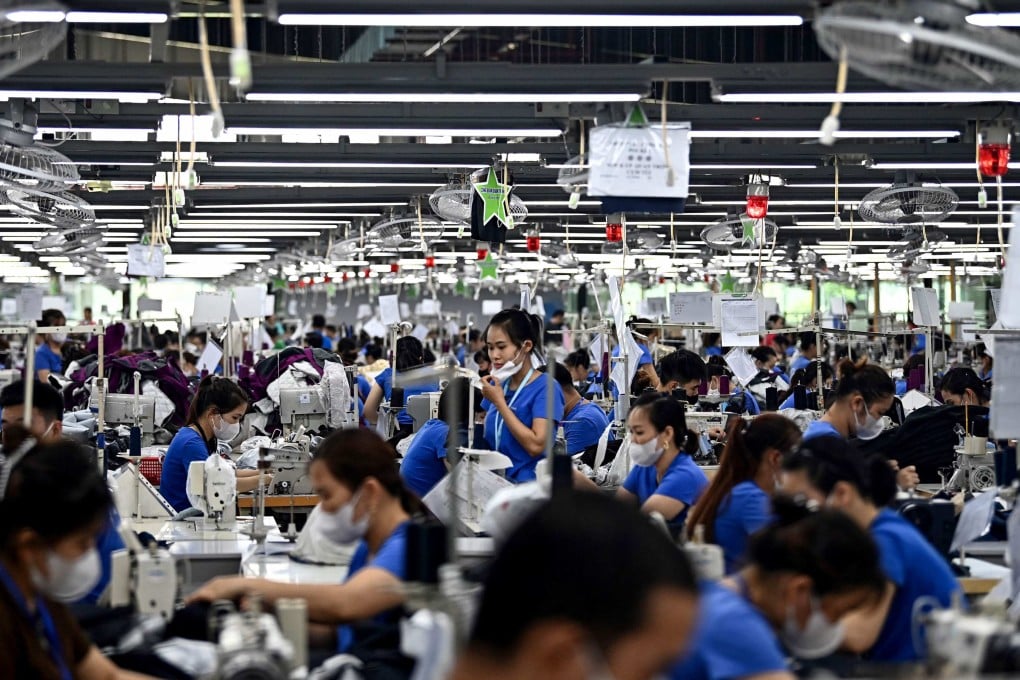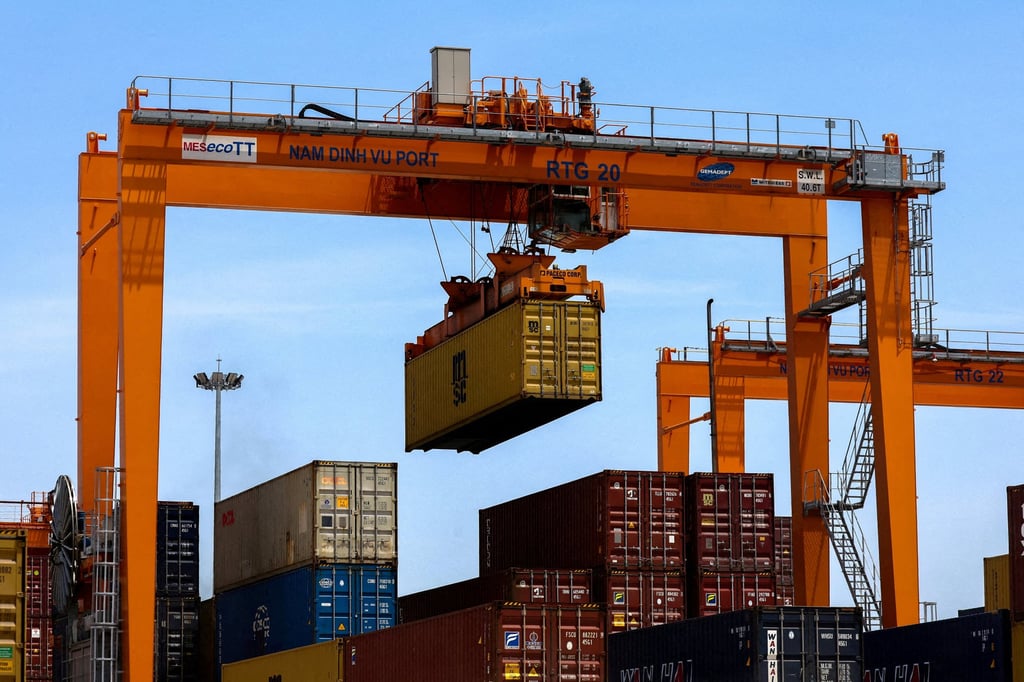Asian Angle | Vietnam’s ‘tech moment’: what’s next after the FDI boom?
Vietnam needs to focus on upgrading domestic capacity and implementing urgent reforms, or risk becoming a second-tier assembly line

Since 2018, US tariffs on hundreds of billions of dollars of Chinese goods have pushed multinational companies to relocate their manufacturing operations and diversify their supply chains to avoid tariffs. This is referred to as the “China plus one” strategy. Vietnam has been one of the top recipients of these relocations, especially in electronics, furniture, garments and machinery.
In electronics manufacturing, Vietnam has emerged as a global hub for assembling products like smartphones, computers and consumer electronics. Foreign investors have poured billions into factories – Samsung alone contributed about US$55 billion in exports in 2023, constituting nearly 50 per cent of Vietnam’s electronics exports. Vietnam’s electronic goods in 2023 accounted for 31.9 per cent of the country’s total export value. The figure rose to 34.3 per cent last year, far surpassing all other sectors.

FDI has been Vietnam’s growth engine, but no longer provides a ladder to advanced tech competitiveness. In the 1970s, Malaysia leveraged FDI for genuine industrial upgrading – for example, Penang’s semiconductor cluster. By contrast, while today’s multinationals fiercely guard high-value intellectual property and production, Vietnam’s role remains confined to low-margin assembly, with limited spillover effects.
Vertical integration along the value chain through technology transfer, human labour training and direct support has become less available in the 21st century. Eighty per cent of Vietnam’s mobile phone exports and more than 70 per cent of its electronics products, for instance, rely on imported components, leaving local firms as subcontractors, not innovators. Therefore, a breakthrough in Vietnam’s position in the global value chain relies less on FDI than on its domestic capacity.
